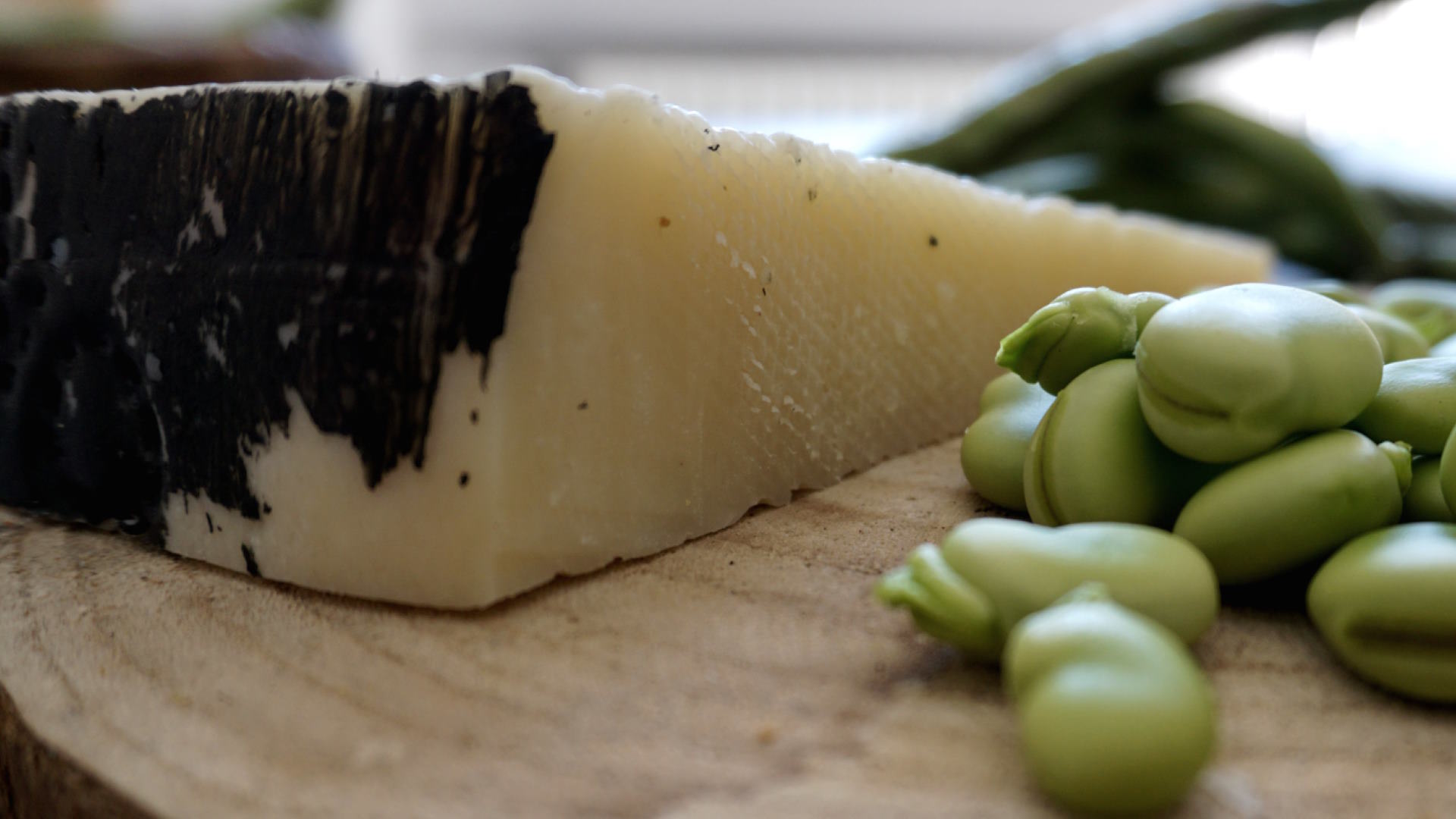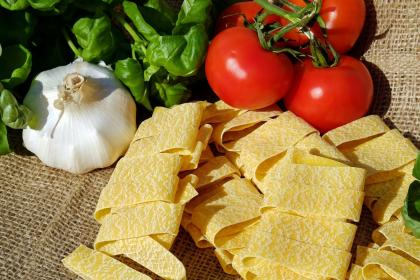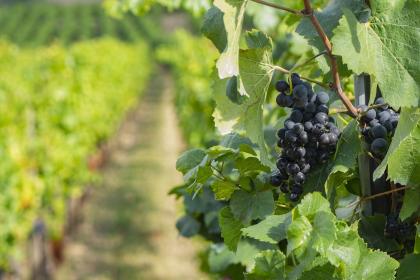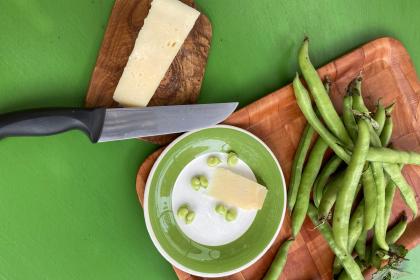
a 2,000 year long history
An intensely flavorful and aromatic aged hard cheese that has always enriched the traditional Capitoline cuisine, enhancing it and giving it substance. Suffice it to say that its long history coincides with that of the city and has equally ancient origins. In patrician palaces, even imperial ones, it was a prized dressing at banquets and many famous ancient authors wrote about it, including Publius Virgilius Maron, Marcus Terentius Varro and Pliny the Elder. A key to its success on the tables of rich and less rich alike was, of course, its preservation capacity, due to its abundant salt content, which made it a staple food for legionnaires as well. Who, along with bread, spelt soup, salted meat and foods such as dried figs, had at their disposal, as Virgilius recounts, a daily ration of one ounce (27 grams) of Pecorino: because of its nutrients and high digestibility, the cheese was a real energy boost that helped soldiers face long marches, battles or the most inhospitable climates. Even the fall of the Roman Empire would have little or no effect on the fortunes of Pecorino, which, as the centuries passed, would find itself among the most popular foods for pilgrims because it was practical to consume and a perfect substitute for meat during periods of abstinence.
Latium, Tuscany and Sardinia
Despite its name and its origins linked to the Roman countryside, the production territory of the Pecorino cheese is not only the Lazio region but also Sardinia and Tuscany, specifically the province of Grosseto. In our days, the greatest quantity of this cheese comes precisely from Sardinia, famous as a land of agro-pastoral tradition. Here, according to numerous accounts, Pecorino has been produced since 227 B.C., but it was Leopoldo Torlonia who gave it a decisive push in the late 19th century, although in an indirect way. In 1884 the then mayor of Rome prohibited Pecorino Romano from being salted (a preservation technique) inside the city, which prompted Romans to move their production to Sardinia. From Lazio and Sardinia came the group of producers who founded the Consortium for the Protection of Roman Pecorino Cheese in 1979, which oversees its production and is responsible for its promotion on all markets. Protected Designation of Origin certification of Pecorino Romano was obtained in 1996. Even today, the basic steps in its processing are entrusted to the hand of man, particularly the expert hands of the “casaro” (cheesemaker) and the “salatore” (salter).
Recipes and pairings
To recognize true Roman Pecorino, just look at it and taste it. The rind is thin, ivory or straw-colored, and can be natural or black capped. On the outside is the DOP mark and the cheese logo, a stylized sheep’s head, with the dairy’s initials, province and date. If it is intended to be eaten as a table cheese, it is aged for 5 months; however, grating cheese requires at least 8 months. Either way, in Rome it is considered a unique and irreplaceable ingredient in cuisine, proof of which is its presence in the city’s four signature dishes – Cacio e Pepe, Carbonara, Gricia and Amatriciana. To savor the full flavor of the ancient cheese of the legionnaires, however, it is also worth trying it paired with fava beans, a Roman tradition linked to 1 May but now widespread throughout Italy, along with homemade bread and a glass of good red wine or a structured white. Just remember that its deliciously spicy taste marries beautifully with an infinity of flavors, giving an extra edge even to creative and original recipes that blend tradition and innovation. It is certainly no coincidence that Pecorino Romano has also made its fortune in America: initially brought with it by Italians emigrating across the Atlantic, it has now definitively conquered the US market.
Seven traditional dishes for a real Roman lunch

Volkstradition

Wine drinking culture in Rome

Saubohnen und Schafskäse zum Maifeiertag












































